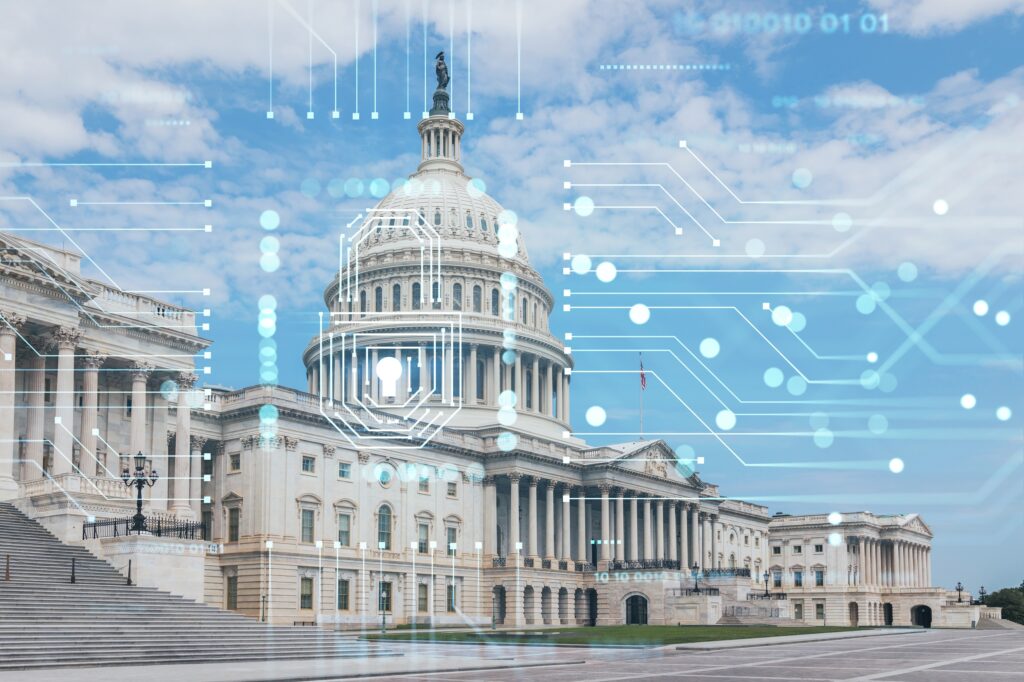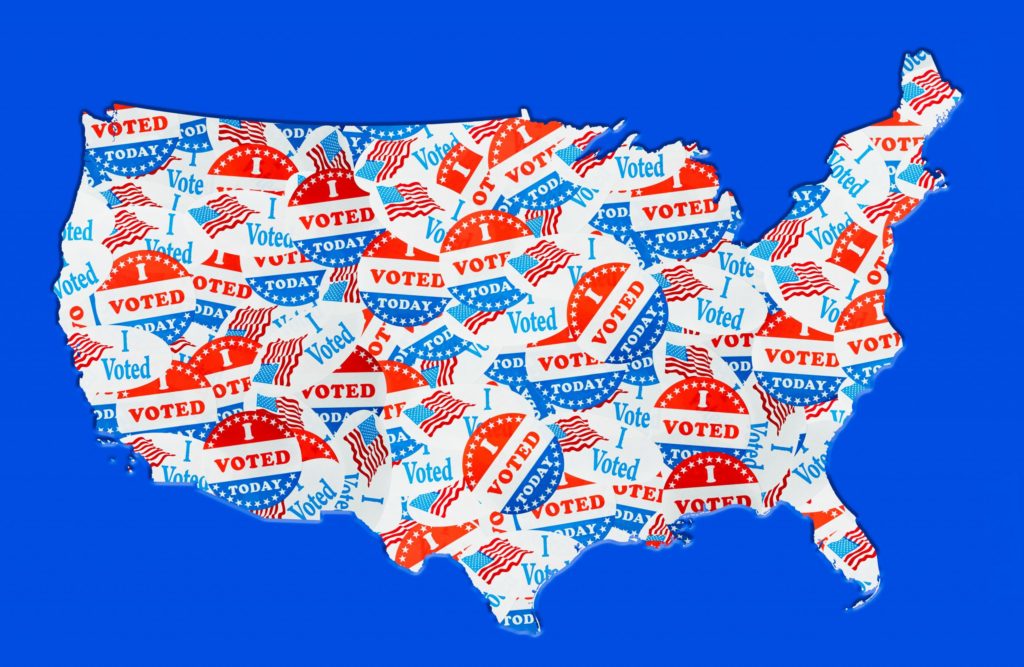The Washington Beltway is a terrible choice for Amazon’s HQ2
Washington, D.C., fits in well with its rivals on these important metrics. Nevertheless, the district would be a poor location for Amazon’s second headquarters, both for the company itself and for America’s economic vibrancy.
Of the 20 candidate regions, Amazon is considering the district, northern Virginia, and nearby Montgomery County, Md., for potential selection. It is clear why Amazon found the broader Washington, D.C. metro area to be a compelling option – the region hosts a strong tech and innovation industry, one of the most educated workforces in the nation, and a stable economic climate anchored by the federal government. The generous sales tax exemptions that D.C. offered to Amazon likely didn’t hurt, either.
In spite of the factors in the region’s favor, in terms of long-term investment, it’s a bad choice. After all, its infrastructure is already struggling to adapt to continued population growth — high toll prices on highways and the need to rebuild a high-transit rail system after years of deferred maintenance are some of the most obvious symptoms. Adding an Amazon headquarters would increase the region’s population even further as the company lures new workers with high compensation packages. This, of course, would only increase the strain on the already beleaguered infrastructure.
In addition to these problems, D.C. continues to grapple with the high and ever-rising cost of housing. Although it became a hub for millennials in the period after the Great Recession, the strengthening economic outlook in urban areas in the rest of the country has led to a millennial exodus out of the Beltway toward lower costs of living.
While D.C. is nowhere near San Francisco in terms of housing prices, Amazon’s headquarters would likely only accelerate this trend. D.C.’s housing problem is exacerbated by the limitations on building heights by the 1910 Height of Buildings Act. And, while it did attempt to reform zoning rules in 2016 to increase mixed-use development, the existing ones continue to restrict housing supply. This would be a major constraint for the population growth generated by the jobs offered at Amazon’s headquarters.
These problems would directly impact Amazon’s ability to hire and retain high-skilled workers in D.C., particularly those outside the upper management or executive level.
The district is also a poor choice for a broader reason: Its selection would compound a problematic disparity between cities, where tech and innovation hubs are increasing their edge in incomes, wealth, and opportunities. Five of the top 10 richest counties in America in 2017 are already located in the Washington metropolitan region. The sheer concentration of wealth in the D.C. suburbs easily rivals the competing “superstar” cities such as New York and San Francisco. Placing Amazon’s second headquarters in our region would magnify this wealth concentration. The jobs created will mostly be high-income — averaging $100,000 — and could create up to five additional jobs in the regional economy for each of the 50,000 jobs estimated for the new headquarters. This would be an incredible boon for cities wishing to build their contributions to the digital economy, but is largely unnecessary for a wealthy region like the D.C. area.
Instead of unintentionally amplifying the divergence in incomes and opportunities across cities by placing its headquarters here, Amazon should consider localities with the amenities, skilled workforces, and business environments that would stand to gain from the subsequent economic growth.
At first blush, places like Indianapolis or Atlanta may not seem like they should be Amazon’s preference — but both Amazon and those cities would benefit greatly from the investment. Due to their flatter income and wealth distributions, Amazon could serve as an anchor that helps cities like these thrive in the knowledge economy. For example, Indianapolis is cultivating a growing tech sector, which would help spur a clustering effect for the city. When tech workers and firms are in close proximity to one another, they become more productive. This increases the city’s economic output and raises wages for all of the area’s workers — even those outside the tech industry.
As for workers in the D.C. area, we’ll be more than fine without the second headquarters. With the federal government and related businesses providing stable and well-remunerated careers in the region, we should be content to see another area take part in the knowledge economy from which we continue to benefit so greatly.
Image credit: mandritoiu









